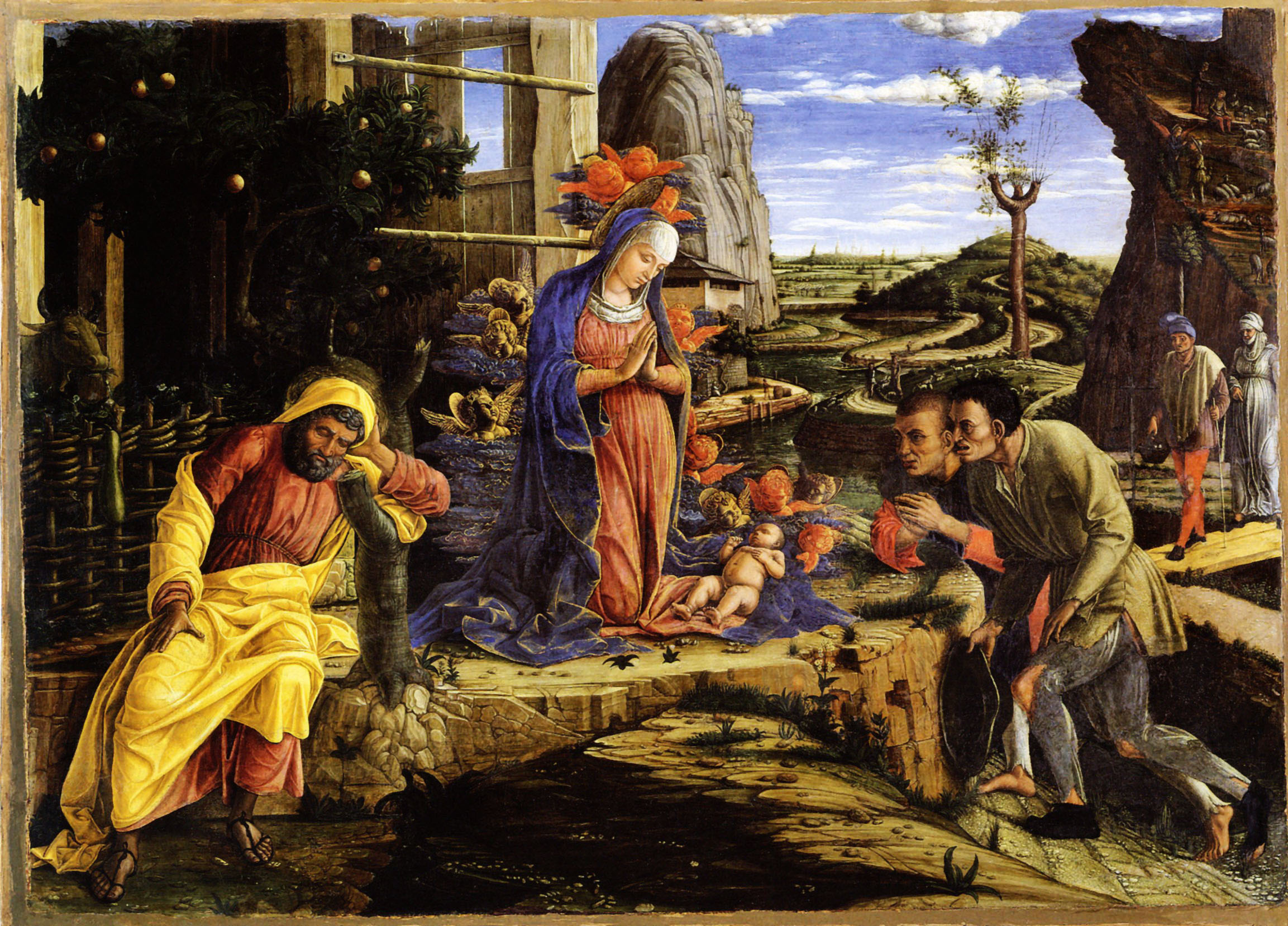The painting “Adoration of the Shepherds” was created in 1450 by Andrea Mantegna. It is a small tempera on canvas transferred from wood artwork, measuring 40 x 55.6 cm. Mantegna was an established painter by the age of eighteen, and this painting was likely created during his early twenties.
The painting’s notable detail suggests that it may have been commissioned by Borso d’Este, the duke of Ferrara, in response to the growing popularity of Netherlandish painting in the region. The shepherds’ clothing and faces are rustic, likely inspired by Flemish art. The painting is well-preserved and showcased at the Metropolitan Museum of Art in New York.
Overall, “Adoration of the Shepherds” is a remarkable example of Mantegna’s early works. Its intricate details, small size, and historical importance make it an intriguing piece for art enthusiasts and historians alike.






















